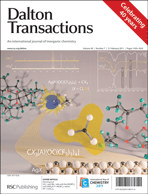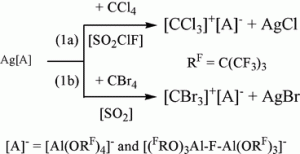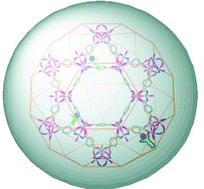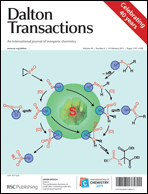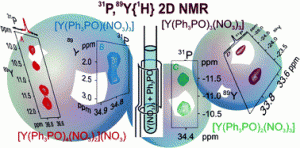We are pleased to announce an upcoming themed issue entitled ‘Self-Assembly in Inorganic Chemistry’, guest edited by Paul Kruger and Thorri Gunnlaugsson. It is our pleasure to invite you to contribute to this themed issue.
In this issue we seek to showcase the study of self assembly processes that influence almost all facets of modern inorganic chemistry. These studies encompass elements from across the periodic table and traverse all spatial domains. The utilisation of self assembly processes in inorganic chemistry ranges from surface supramolecular assembly, through the formation of discrete coordination complexes and multinuclear assemblies; to the organization in the solid-state via crystal engineering. Indeed, these studies provide a better understanding of the underlying principles that lead to the formation of higher complexity and function, that underpin current research efforts in coordination, bio- and medicinal inorganic; materials and catalytic chemistry; and nano-technology.
How do I submit?
All types of manuscript, Communications, Full Papers and Perspectives, will be considered for publication. We aim to publish this themed issue towards the end of 2011 and therefore would like to receive manuscripts by 1st May 2011. The manuscript should be prepared according to the format for regular articles and should be submitted via our online system. All invited manuscripts will be subjected to the normal refereeing procedure.
Deadline for Submission: 1st May 2011
Please indicate on submission that your manuscript is intended for this themed issue and direct any questions to the Dalton Transactions Editorial Office.
We invite you to also check out previous themed issues featuring in Dalton Transactions. Read them here now.











